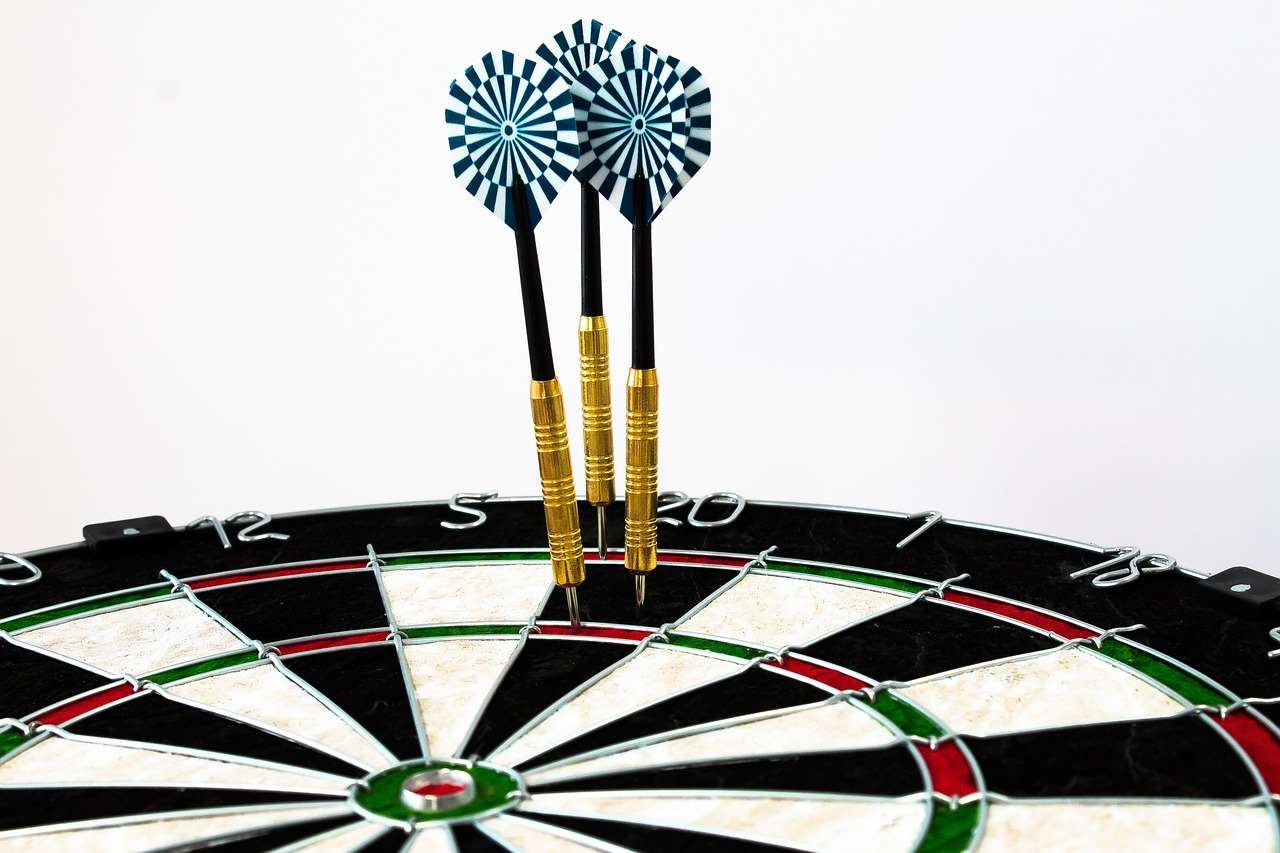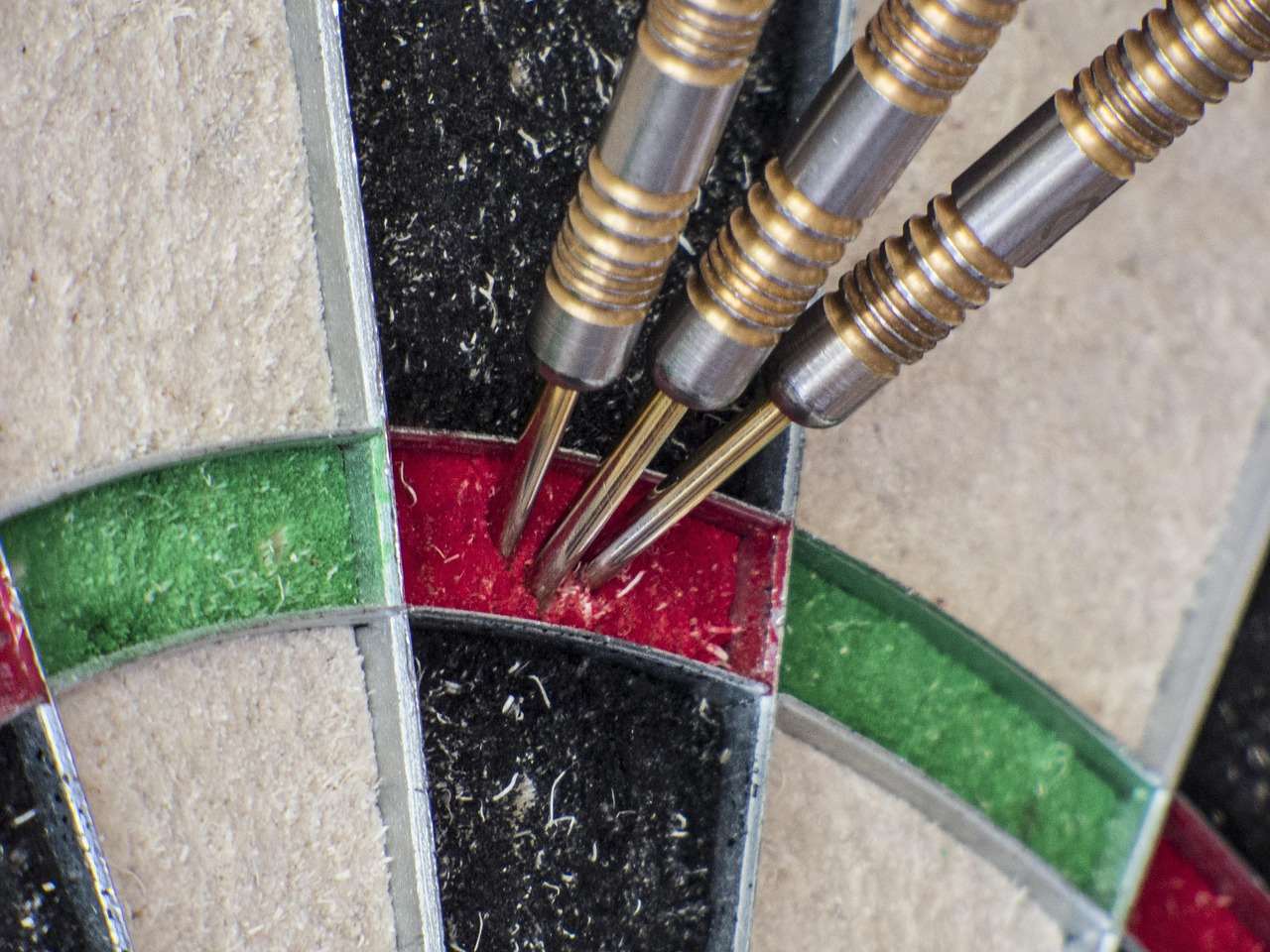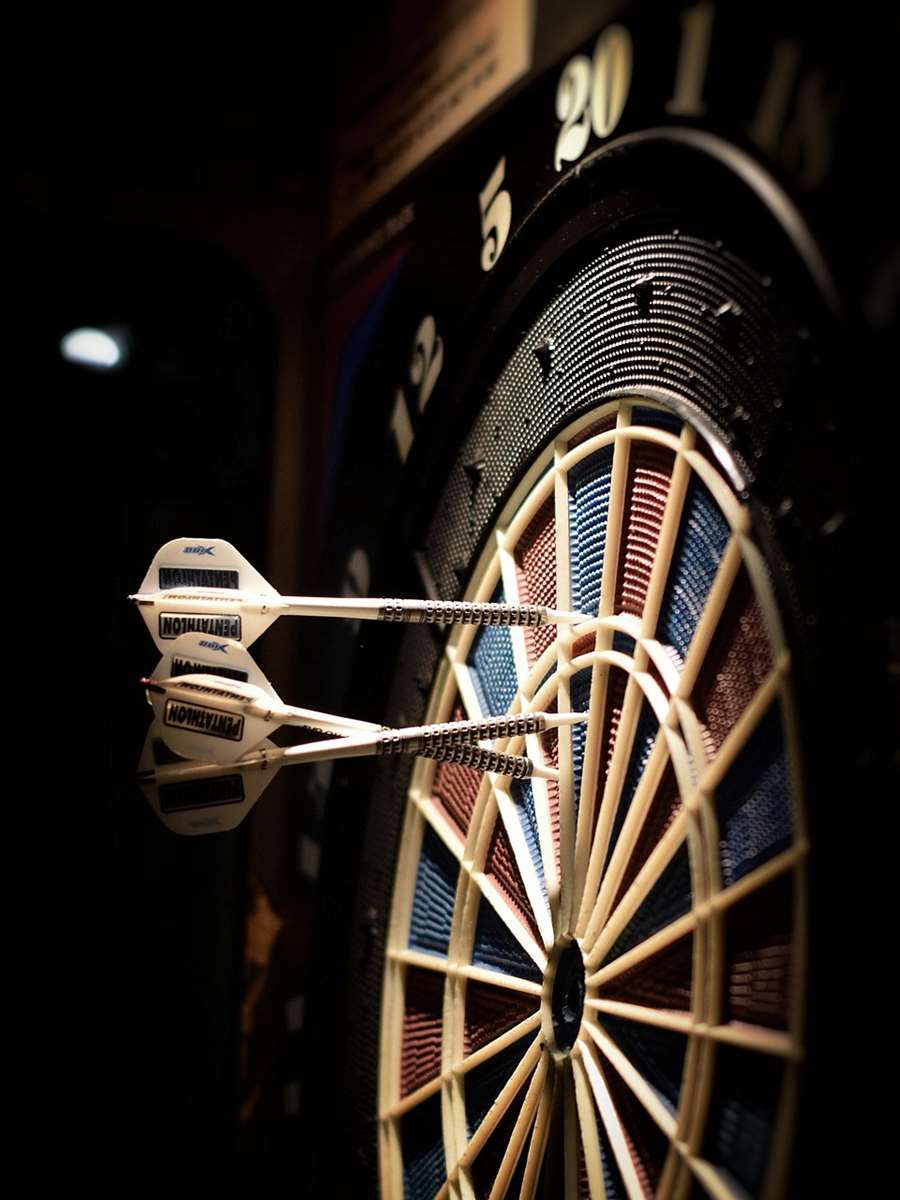Effectively teaching darts strategy alongside adapted rules unlocks the game’s enjoyment and skill development for players of all levels. This article will explore how to strategically simplify the game, making it more accessible while simultaneously building a foundation for advanced techniques. We’ll cover adapting rules, introducing core strategies, and progressing skill levels.
⚠️ Still Using Pen & Paper (or a Chalkboard)?! ⚠️
Step into the future! The Dart Counter App handles all the scoring, suggests checkouts, and tracks your stats automatically. It's easier than you think!
Try the Smart Dart Counter App FREE!Ready for an upgrade? Click above!
Why Combine Adapted Rules and Strategic Instruction?
Traditional darts can be intimidating for newcomers. The complex scoring system, precise aiming, and mental fortitude required can be overwhelming. By adapting darts rules, we create a more welcoming environment that encourages participation and reduces frustration. Simultaneously, introducing basic strategic elements from the outset helps players develop a deeper understanding of the game and accelerates their learning curve. This synergistic approach maximizes engagement and fosters a lifelong love for darts.

Core Strategies to Introduce Early On
Even with adapted rules, it’s crucial to introduce fundamental strategies to lay a solid foundation. These don’t need to be complex, but they should encourage thoughtful gameplay.
Focusing on Grouping Darts
Instead of aiming for specific high scores like the triple 20, encourage players to focus on grouping their darts together. This improves consistency and accuracy, a skill transferable to all aspects of darts. Use practice routines that reward close groupings, regardless of the initial target.
Understanding the Board Sections
Explain the different sections of the dartboard and their relative values. Highlight the importance of the treble and double rings. Initially, focus on general areas (e.g., the 20s section, the 19s section) rather than specific numbers. This simplifies decision-making and reduces pressure.
Basic Checkout Strategy
Introduce the concept of “outs” or checkouts early on. Even with simplified scoring, understanding that you need to finish on a double is fundamental. Start with simple checkouts like 40 (double 20) or 32 (double 16). Explain that a double allows you to win the game and that most games require this.
Adapting Rules for Different Skill Levels and Age Groups
The beauty of darts lies in its adaptability. Here’s how you can modify the rules to suit different players:
Beginner-Friendly Rulesets
- Simplified Scoring: Instead of subtracting from a starting score, award points for each dart thrown. The player with the highest score after a set number of rounds wins.
- Larger Target Areas: Use larger target areas or even a modified dartboard with larger segments.
- Handicap Systems: Implement a handicap system to level the playing field between players of different skill levels. This can involve giving weaker players extra darts or starting them with a higher score. You can check how to make darts fairer with handicap rules.
- Team Play: Encourage teamwork with partner-based play which helps share the pressure and learn from each other.

Adapting for Children
When teaching darts strategy alongside adapted rules to children, safety and engagement are paramount.
- Safety First: Use soft-tip darts and ensure a safe playing environment with adequate space and supervision.
- Shortened Games: Keep games short and engaging to maintain their attention.
- Fun Variations: Introduce fun dart game variations with modified rules to keep things exciting. Try games like ‘Around the Clock’ using only single segments initially.
Modifying Rules for Mixed-Level Groups
Mixing experienced and novice players can be challenging. Here’s how to modify rules for mixed-level dart players:
- Adjustable Starting Scores: Give less experienced players a head start in games like 501.
- Target Practice Rounds: Implement dedicated target practice rounds before the game begins.
- Team-Based Handicaps: Apply handicaps at the team level rather than the individual level, promoting collaboration and shared responsibility.
Progressive Skill Development: From Beginner to Advanced
As players improve, gradually introduce more complex rules and strategies.

Transitioning to Traditional Rules
Once players are comfortable with the basics, gradually introduce traditional rules like 501. Start with a higher starting score (e.g., 701) to make the game less daunting. Remember to familiarize players with basic darts fundamentals for beginners.
Advanced Strategic Concepts
Introduce concepts like:
- Checkout Routes: Explain different checkout combinations and their probabilities.
- Setup Darts: Teach players to strategically position darts to set up future checkouts.
- Defensive Play: Introduce the concept of blocking opponents’ scores and disrupting their checkout attempts.
Analyzing Your Game
Encourage players to analyze their performance, identify weaknesses, and develop strategies to improve. This can involve tracking scores, analyzing throwing techniques, and studying professional darts players.
Creative Dart Rule Adaptations for Fun and Engagement
Don’t be afraid to get creative with your dart rule adaptations. This can add an element of fun and excitement to the game, especially in social settings. There are many options for creative dart rules for parties and social gatherings.

Novel Scoring Systems
Invent your own scoring systems. For example, assign different point values to specific segments or create bonus points for hitting certain combinations.
Themed Games
Create themed dart games based on popular movies, TV shows, or sports. This can involve adapting the rules and scoring system to reflect the theme.
Trick Shot Challenges
Introduce trick shot challenges that require players to hit specific targets or perform complex throws.
Essential Equipment Considerations for Adapted Darts
Choosing the right equipment can significantly impact the playing experience, especially when teaching darts strategy alongside adapted rules. For beginners and children, prioritize safety and ease of use.
Soft-Tip Darts
Soft-tip darts are ideal for beginners and children as they are safer and less likely to damage surfaces. They also often come with electronic dartboards that automatically score the game.
Lightweight Darts
Lighter darts are easier to throw and control, making them suitable for players with less strength and experience.

Adjustable Dartboards
Consider using an adjustable dartboard stand to accommodate players of different heights.
Well-Lit Playing Area
Ensure the playing area is well-lit to improve visibility and accuracy. Proper lighting also reduces eye strain and fatigue.
Conclusion
Teaching darts strategy alongside adapted rules is a powerful approach to making the game accessible and enjoyable for everyone. By simplifying the rules, introducing fundamental strategies early on, and adapting the game to different skill levels and age groups, you can foster a lifelong love for darts. Embrace creativity, prioritize safety, and encourage continuous learning. Remember, the goal is to have fun and develop skills at your own pace. So grab your darts, adapt the rules, and start playing! Consider checking fun dart game variations with modified rules to get started today.
Hi, I’m Dieter, and I created Dartcounter (Dartcounterapp.com). My motivation wasn’t being a darts expert – quite the opposite! When I first started playing, I loved the game but found keeping accurate scores and tracking stats difficult and distracting.
I figured I couldn’t be the only one struggling with this. So, I decided to build a solution: an easy-to-use application that everyone, no matter their experience level, could use to manage scoring effortlessly.
My goal for Dartcounter was simple: let the app handle the numbers – the scoring, the averages, the stats, even checkout suggestions – so players could focus purely on their throw and enjoying the game. It began as a way to solve my own beginner’s problem, and I’m thrilled it has grown into a helpful tool for the wider darts community.